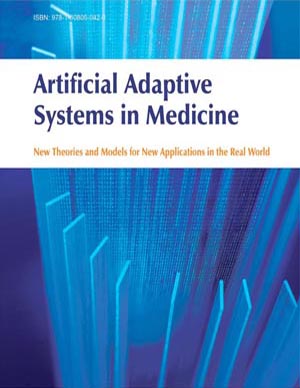Abstract
Artificial Neural Networks (ANNs) are often presented as powerful tools for data processing. Nevertheless, ANNs need a theory and consequently an epistemological foundation. Usually scholars in this field seem to believe that the brain theory is an implicit theory for ANNs. But, we still do not have a complete brain theory, and the brain model for ANNs has been only an “inspiration” model. Further, a theory has to explain a set of models or a set of phenomena internally. So, ANN lacks a theory. In this chapter the author presents a theory of ANNs. Three levels of different complexity are created, in order to simulate a generative path starting from the elementary units up to the more complex ones. The basic concepts of the first level are the node and the connections. At the second level the main concept is the network. At the last level the concept of an artificial organism is the key concept. Explicit rules govern the conversion from one level to another. Further, at each level, semantic and syntactic components are considered. A theory of ANNs is needed not only for didactic reasons but also for basic research: scholars need to see and consider the similarities and differences among different ANNs from a mathematical, biological and philosophical point of view. A good theory should increase the possibilities for planning, implementing and assessing necessary fundamental research.
Keywords: Artificial Neural Networks, Supervised Networks, Associative Memories, Autopoietic Networks.






















